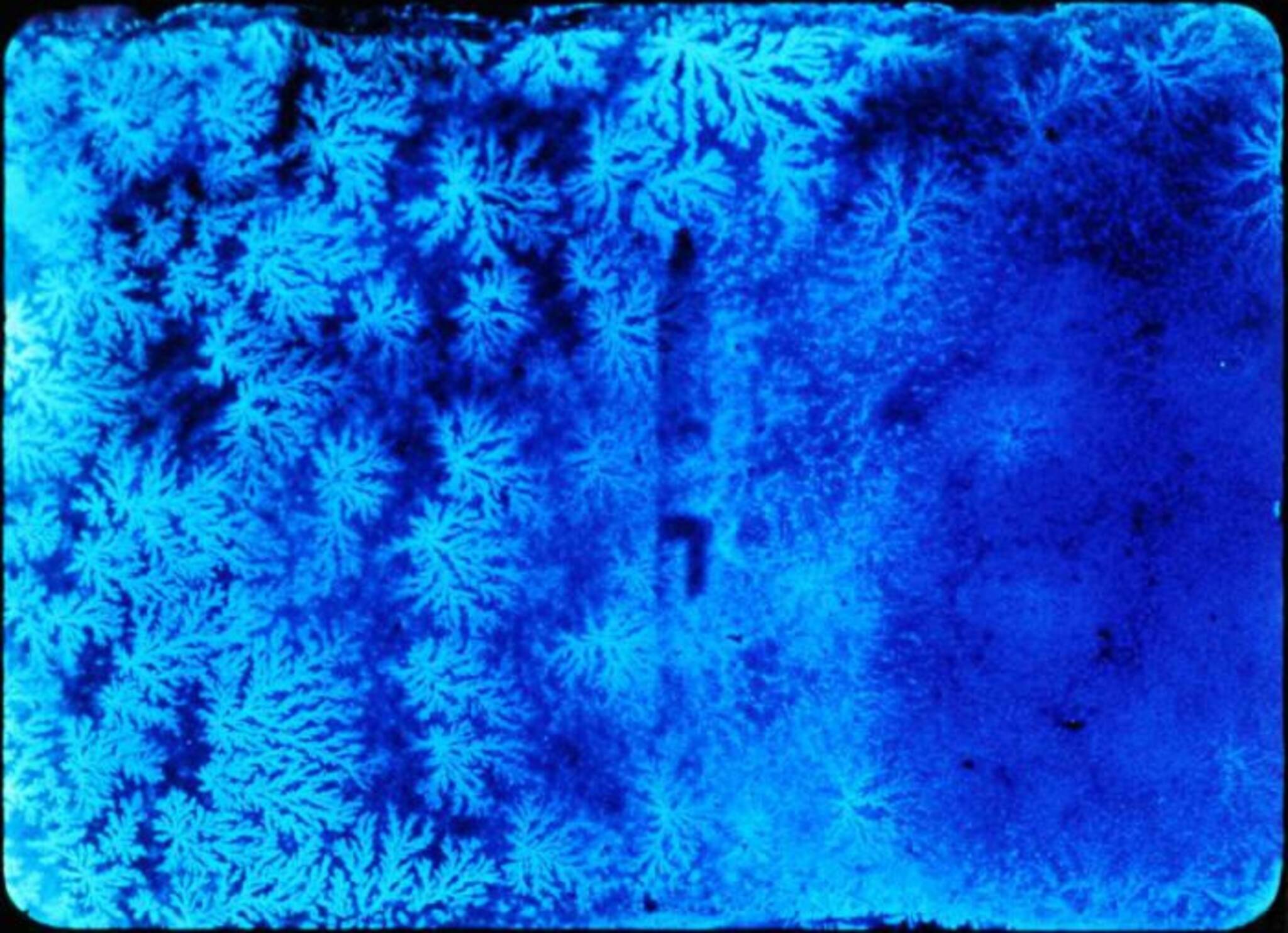
Mystical Affinities: Female Perspectives on Stan Brakhage
Free talk and screening
"Some quality of light in the work of one filmmaker will inspire and open a door permitting another to continue to push forward with their own work. This was the gift [Brakhage's] films gave to me." —Jennifer Reeves
"We confirmed each other within the energies of visualized embodiment and changing definitions of taboo[...] And as well, we unleashed hysterical joy, mystical affinities, emotional nightmares." —Carolee Schneemann
Like many men of his generation, Brakhage had a complicated relationship with the women working in his field. Although he was a vocal advocate for an older generation of women artists — Gertrude Stein, Maya Deren, and Marie Menken were central influences that he gladly credited — it was more difficult for him to recognize the value of his peers. "It was [a] psychic need to dominate a realm of creativity," Carolee Schneemann commented in a 2015 interview. "Only certain female figures were admitted."
Schneemann, who first met Brakhage when she partnered with the filmmaker's childhood friend James Tenney in 1955, was one of Brakhage's most creative sparring partners throughout the years. Despite their mutual influence on each other — Schneemann's stunning Fuses was made in response to Brakhage's Window Water Baby Moving, and in turn, no one can watch Fuses without recognizing the visual influence it had on Brakhage's own subsequent films — Brakhage was slow to recognize his peer. "[I]t was only in the mid-'80s that you began to 'see' my films," Schneemann wrote in a memorial letter to Brakhage. "By the 1980s, your women film students had asserted their regard for my works; you changed your estimation."
This transformation that Brakhage underwent in his later life also enabled him to become a significant influence, mentor, and even collaborator to a new generation of female filmmakers. Embracing the tactility of Brakhage's painted films and the embodied corporeality of his camera films, filmmakers like Mary Beth Reed (who optically printed some of Brakhage's hand-painted films), Jennifer Reeves, Kalpana Subramanian, and Izabella Pruska-Oldenhof found both generative touchstones and productive tensions that propelled their own work forward.
This programme of works by female filmmakers made in response to Brakhage will be introduced by two presentations. Kalpana Subramanian will talk about her recent films and research — which uses a transcultural and interdisciplinary lens to examine Brakhage's radical experimentations with light and its relationship with embodiment and breath — while Ara Osterweil, author of the recent study Flesh Cinema: The Corporeal Turn in American Avant-Garde Film, will further discuss the charged and sometimes fraught friendship between Brakhage and Carolee Schneemann. Subramanian, Osterweil, and Izabella Pruska-Oldenhof will also be present after the screening for a Q&A session.
Empyrean (dir. Kalpana Subramanian \ USA 2016 \ 6.5 min. Video)
Song of the Firefly (dir. Izabella Pruska-Oldenhof \ Canada 2002 \ 4.5 min. 35mm)
Fuses (dir. Carolee Schneemann \ USA 1965 \ 30 min. 16mm)
Jane Brakhage (dir. Barbara Hammer \ USA 1981 \ 10 min. 16mm)
Moon Streams (dir. Mary Beth Reed \ USA 2000 \ 6.5 min. 16mm)
Fear of Blushing (dir. Jennifer Reeves \ USA 2001 \ 5 min. 16mm)
Tattva (dir. Kalpana Subramanian \ USA 2018 \ 5 min. Video)


